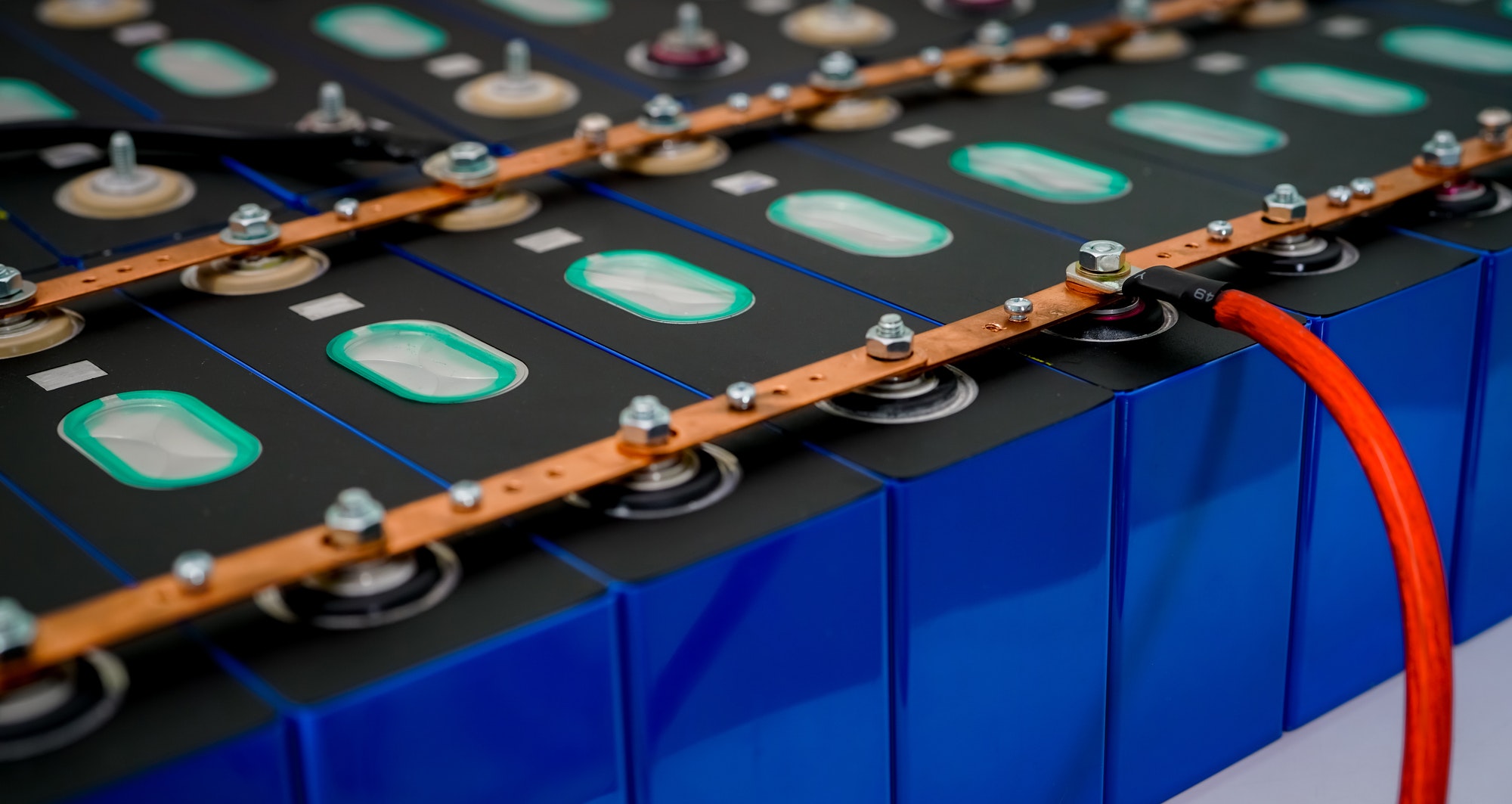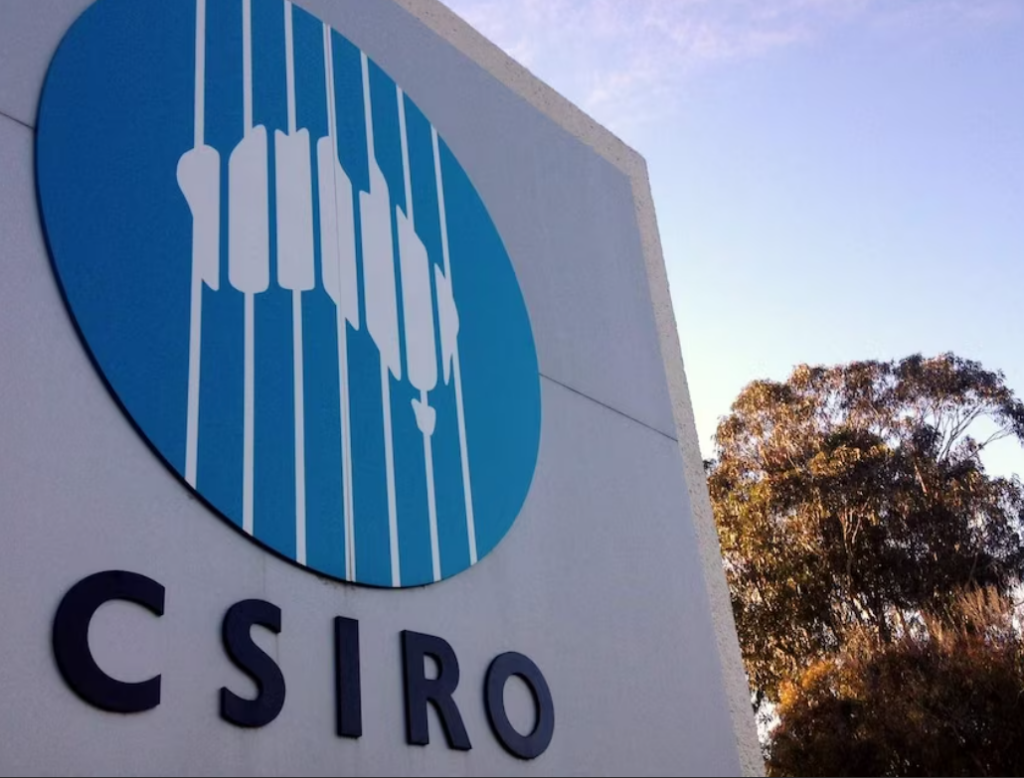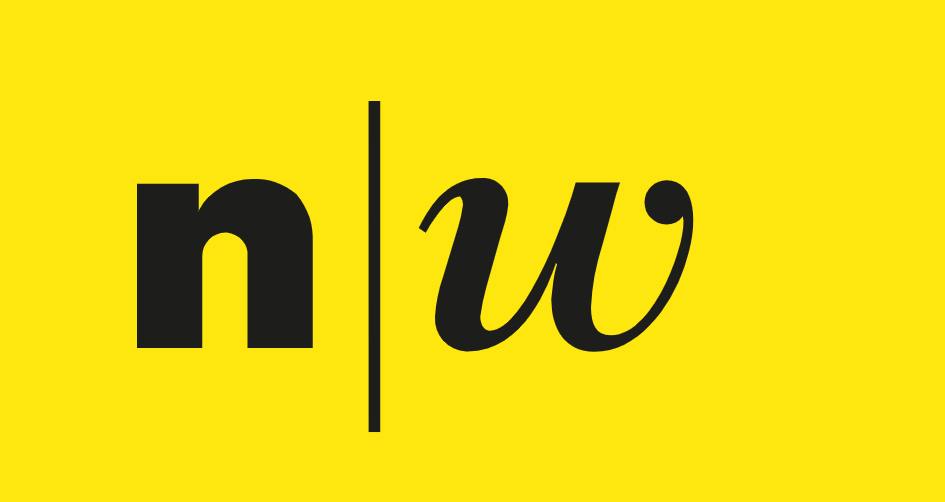Insider Brief
- Pacific Northwest National Laboratory and Microsoft will combine their expertise to use large-scale computing in the cloud and advanced artificial intelligence to accelerate scientific discovery.
- The initial focus of the partnership is chemistry and materials science, fields that offer solutions to global energy challenges.
- Microsoft’s Azure Quantum Elements platform is purpose-built to aid this type of scientific discovery.
PRESS RELEASE — The urgent need to meet global clean energy goals has world leaders searching for faster solutions. To meet that call, the Department of Energy’s Pacific Northwest National Laboratory has teamed with Microsoft to use high-performance computing in the cloud and advanced artificial intelligence to accelerate scientific discovery on a scale not previously demonstrated. The initial focus of the partnership is chemistry and materials science—two scientific fields that underpin solutions to global energy challenges.
“The intersection of AI, cloud and high-performance computing, along with human scientists, we believe is key to accelerating the path to meaningful scientific results,” said PNNL’s Deputy Director for Science and Technology Tony Peurrung. “Our collaboration with Microsoft is about making AI accessible to scientists. We see the potential for AI to surface a material or an approach that is unexpected or unconventional, yet worth investigating. This is a first step in what promises to be an interesting journey to accelerate the pace of scientific discovery.”
How is this AI development different?
The two organizations are laser-focused on leveraging what AI does best—synthesizing billions of information bits—more than any human could possibly absorb—and quickly presenting conclusions based on its analysis. Microsoft’s Azure Quantum Elements platform uses advanced AI models purpose-built to aid scientific discovery. PNNL researchers are now testing its ability to identify promising new materials for energy applications. The two organizations have committed to leveraging advanced AI models to find viable materials and the chemistries needed to provide energy-on-demand while preserving the Earth’s resources for future generations.
“We are at the dawn of a new era of scientific discovery that can transform our world for the better. With novel AI and hyperscale capabilities, we can speed up research and unlock the discovery of new molecules that can address some of the most pressing issues of our time, from clean energy to eliminating toxic chemicals and beyond. We are honored to work with world-class scientific institutions like Pacific Northwest National Laboratory. Our breakthrough in using AQE to find new battery materials is just one of the many examples of how our innovative approach to materials research can improve our daily lives,” said Jason Zander, Executive Vice President of Strategic Missions and Technologies at Microsoft.

Energy storage as a test case
The newly executed agreement between the two organizations formalizes the next phase of PNNL’s ongoing relationship with Microsoft. Over the next several years, the Microsoft-PNNL partnership envisions a transformative journey toward pioneering breakthroughs in scientific discovery and sustainable energy—leveraging cutting-edge computing and artificial intelligence technologies to address some of the world’s most pressing challenges. The partnership will have an initial emphasis in computational chemistry and material science.
Read more about how PNNL created these promising energy storage materials in PNNL’s Energy Sciences Center. There, materials scientists Vijay Murugesan, Shannon Lee, Dan Thien Nguyen and Ajay Karakoti synthesized and tested the compound. The entire process, from receiving the simulated candidates through producing a functioning battery, took less than nine months, a blink of an eye compared with traditional methods. To make the compound competitive with published benchmarks, additional optimization is required and initial investigations suggest new pathways to further explore the functional properties of the promising material.
“The new battery results are just one example—a proof point if you will,” said PNNL’s Chief Digital Officer Brian Abrahamson. “We recognized early on that the magic here is in the speed of AI assisting in the identification of promising materials, and our ability to immediately put those ideas into action in the laboratory. We are excited to take this to the next level in the partnership between Microsoft and PNNL. We plan to push the boundaries of what’s possible through the fusion of cutting-edge technology and scientific expertise.”
If you found this article to be informative, you can explore more current quantum news here, exclusives, interviews, and podcasts.




















